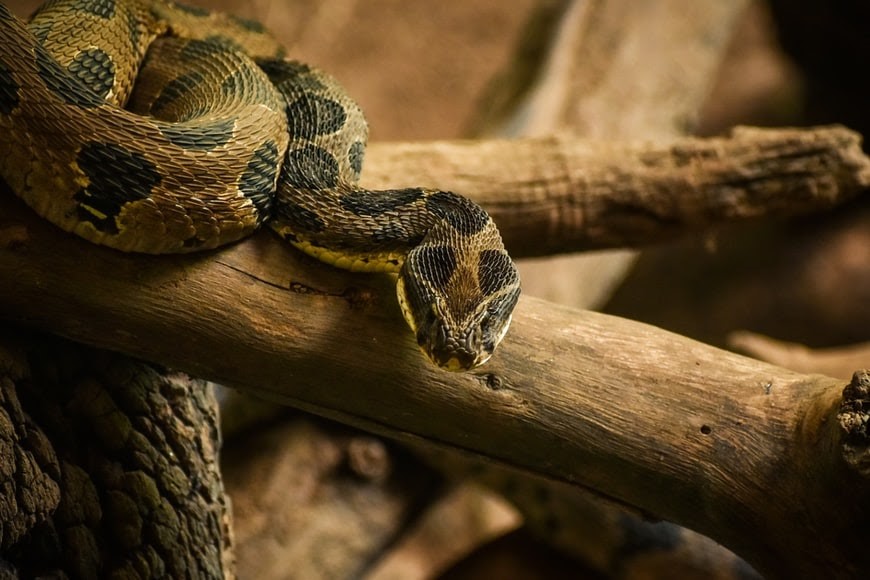How To Perform Snake Bite First Aid?
Only about 15% of snake species worldwide are venomous. Rattlesnakes, coral snakes, moccasin, and copperheads are a few of the most fatal. These kinds of snakes can cause severe injuries and can sometimes lead to death.
In any case that the snake bites you, it is important to perform first aid right away before professional help arrives. It will help ease the pain and decrease fatality. Antivenom is the most effective cure, however, if you are in remote areas, it is best to carry around a snake bite first aid kit with you.
What To Do To A Snake Bite Before Medical Help Arrives?
- Move away from the snake’s striking distance.
- Keep still and calm to slow down the spread of the venom.
- Take out all tight accessories or clothing before the infected area starts to swell.
- Position yourself below or level to your heart.
- Clean the wound with your first aid kit.

Caution
- Don’t cut the wound and try to remove the venom.
- Never use a tourniquet.
- Never drink caffeine or alcohol. It can speed up the absorption of venom.
- Never capture the snake.
- Try to remember what the snake looks like. Check the snake’s colour and other distinguishing factors so you will get the right treatment and diagnosis.
- Take a picture of the snake if you can.
Symptoms of Snake Bites
- Typically, snake bites occur on extremities and the usual symptoms of the bite from a nonvenomous snake are just simply scratches and pain.
- After the bite, the victim will feel severe burning pain within 15 to 30 minutes. It can quickly progress to swelling and bruising that can spread throughout the infected area.
- The person will also feel nausea, laboured breathing, an odd taste in the mouth and a strong sense of weakness.
Coral snakes have toxins that can cause neurological symptoms. Skin tingling, difficulty in speaking, and feeling generally weak are the most common symptoms if bitten by a coral snake. If you’re lucky, some snake bites are not injected by venom, hence, the person will only experience a little bit of pain and irritation on the site.
If the situation comes to worst, you will need to call professional help as soon as possible. If the victim suffers from breathing difficulty and loss of consciousness, it is a sure-fire sign that he or she was bitten by a venomous snake. In all countries where the snake bites are common (Australia, India etc.) you can easily buy a snake bite kit: https://firstaidworks.com.au/product/snake-bite-first-aid-kit/
How to Manage Snake Bites?

- Note the snake’s appearance. This is foremost the first thing you need to do to know how to treat the bite. If you can describe the snake to the medical aid pristinely, then you will get the right treatment.
- Protect the bitten person. If you are waiting for professional help to arrive, you will need to take the victim away from the area where the snake was.
- Have the person rest and lie down.
- Keep the person calm as much as you can.
- Cover the wound with a loose sterile bandage.
- Remove shoes if the victim got bitten around the leg or feet area.
- Never cut the would and try to take out the venom.
- Never give the person any medicine without the approval or recommendation of the professional.
- Contact a healthcare provider and ask for a tetanus shot.
Performing the right first aid can help the victim get through the pain and all the other symptoms that come with being bitten. It is crucial to know how to do snake bite first aid if you are often around areas where snakes are rampant.



